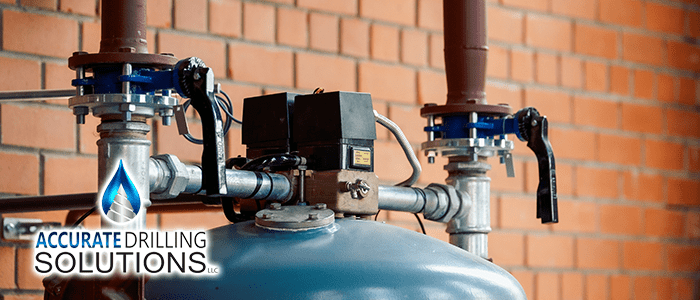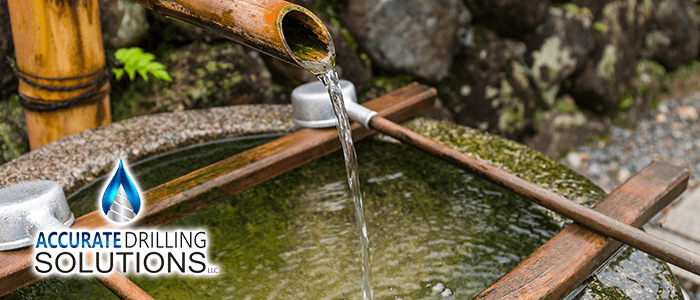
Nobody likes when it happens to them. You’re thirsty, it’s another hot late summer day, and you just want to take a nice cool sip of water. Then, disaster strikes – you notice a bad aftertaste, your throat might even feel kind of funny after you swallow a few times, and instead of letting out a relieved sigh, you’re frowning and trying to figure out what just happened. Is it just your imagination? Maybe not. A bad taste, or even a change in taste, can be a sign of a big change in your water supply. This is true not only for well water but city lines too. You should always try to get to the bottom of a change in your water quality because an unpleasant taste can be a sign of much more going on than just a new flavor in your life.
Three Big Reasons
Water drawn from a well is subject to environmental pressures. These same pressures inform the conditions of the well itself and the plumbing the water flows through. Three particularly large pressures on water taste are the presence of biological elements such as algae and bacteria, the presence of metals dissolved in the water, and poorly maintained water filtration equipment.
Biological Presence
If the taste of your water has become kind of musty or dirty, it’s likely that your well has developed growth of naturally occurring algae or bacteria. These algae and bacteria are present in the soil and can enter your well through the soil. In most cases, while the taste is unpleasant, these elements are not dangerous to your health. A biological presence can also exist in your plumbing and fixtures, leading to the same issue with the taste.
Dissolved Metals
Iron, copper, galvanized, and other metal pipes may break down slowly, shedding their linings into your water supply. This can make water taste off by adding a bitter quality or even a metallic aftertaste. If this is the case, you’ll notice the effect most strongly in the morning with the first use of your system as the water that has been sitting in the pipes the longest is disturbed. Copper and iron can also be found naturally in your water, with some areas boasting a higher concentration of each. In this case, you’ll want to continue reading as you can potentially solve two issues at once.
If your well water system or plumbing is particularly old, lead can be a serious concern. Older plumbers used to solder pipes with lead. If you have not updated your plumbing system since the 1980s, be sure to test your water lead.
Poor Filtration
If your water tastes bad even though you’ve installed a filtration system, it’s time to check on its maintenance. If the filter hasn’t been changed for a while, it may have become damaged or degraded with use. Filtration is the first step to ensuring fresh-tasting water. Filtration catches things such as algae or bacterial waste that changes the taste of your water. Dissolved metals are also stopped by water filtration, though in that case, you may also want to repair or reinstall aging plumbing.
Installing a reverse osmosis system can also purify your water beyond what a simple filter can provide. This gives your water a different taste altogether, which some people like and some people are not so fond of – but it is the taste of completely purified water.
In Conclusion
However, if your water has begun to change its flavor, even if you know why it may not be a simple process to fix the root of the issue. Call us today and fill us in on your situation, and we’ll be able to start the process of correcting the problem at its source.
continue reading
Related Posts
Addressing Water Pressure Issues in Wells: Expert Solutions Water pressure
Benefits of Water Filtration Systems for Well Owners in Central
Essential Tips for Conserving Water with Your Private Well Are





